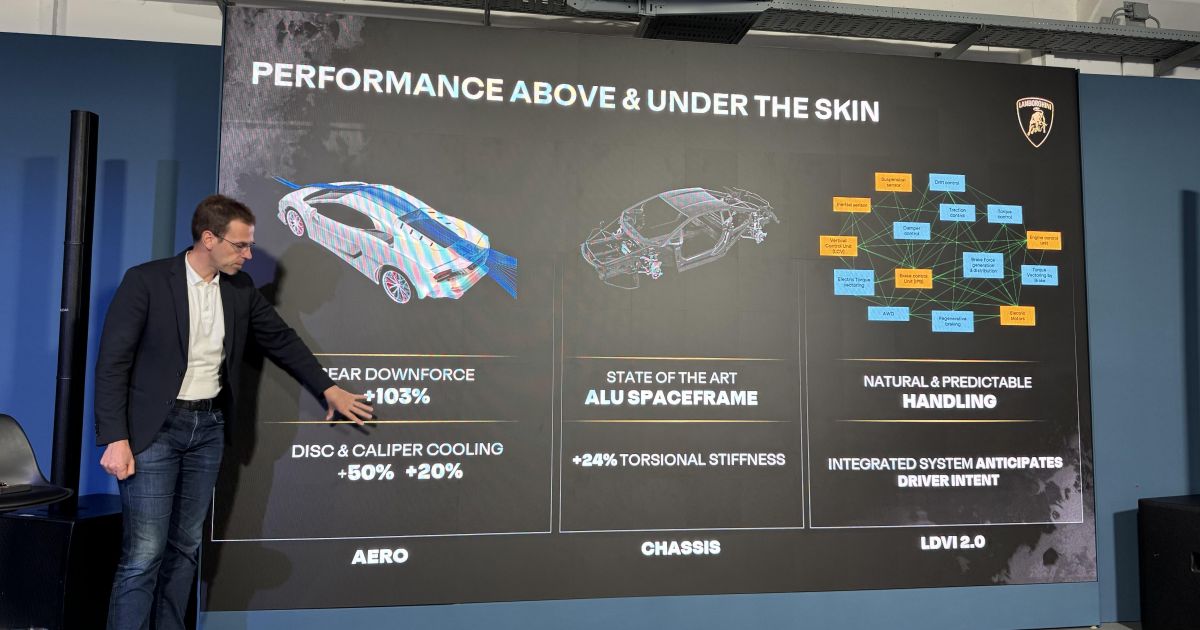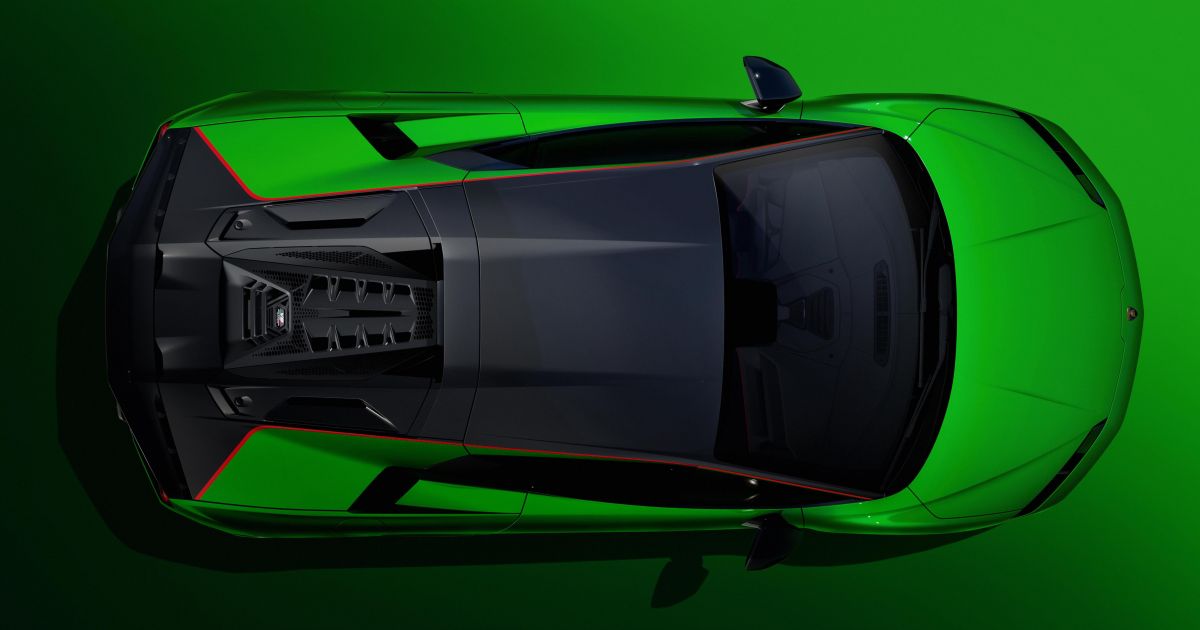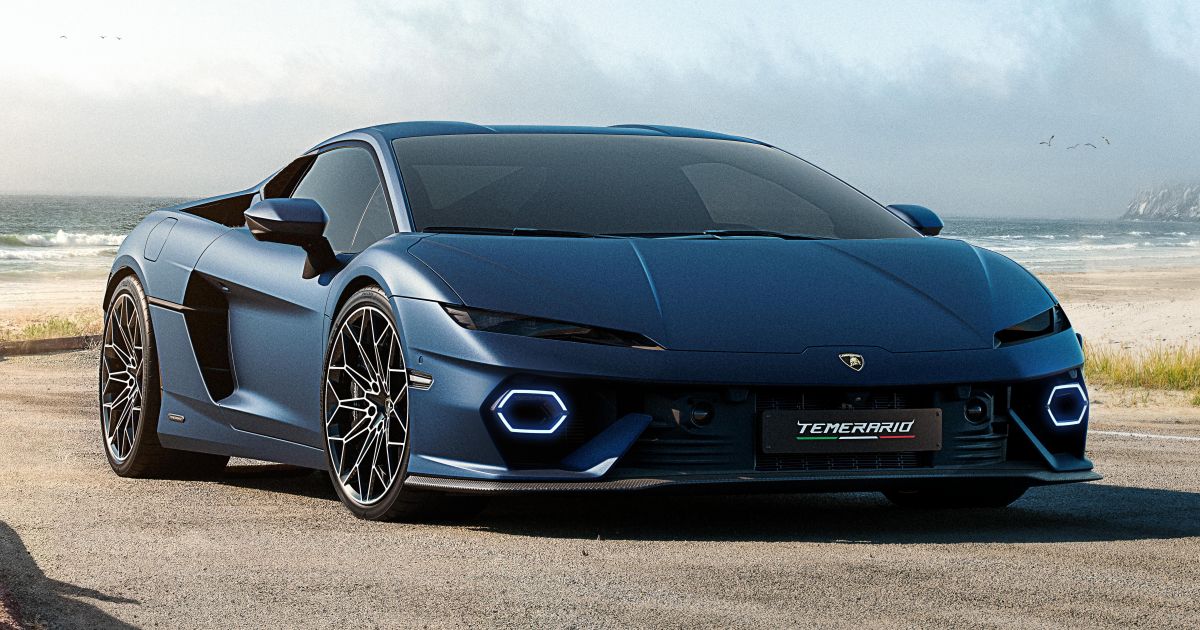Lamborghini’s new plug-in hybrid V8 supercar, the Temerario, is more than just a replacement for the Huracán.
According to chief technical officer Dr. Ing. Rouven Mohr, every aspect of the vehicle – from the engine layout to the software stack – has been purpose-built to create a fundamentally different driving experience.
Despite some visual and conceptual ties to the V12-powered Revuelto, Dr Mohr was quick to emphasise that this is an entirely unique machine under the skin.
“It’s very important for the driving dynamics,” Dr Mohr said, referring to the car’s electric front axle. “We have a battery in the tunnel. Both components are exactly one to one, the same, like in the Revuelto, but how we use it is completely different.”
CarExpert can save you thousands on a new car. Click here to get a great deal.
The front axle features twin electric motors that are not used primarily for propulsion, as one might expect from a hybrid all-wheel-drive layout, but for precise control of how the car rotates and corners.
“The people sometimes think the front axle, that it’s electric so mainly it is used for generating the performance, or let me say the mechanical traction like a classical four-wheel-drive system. But this is not the case in this car,” Dr Mohr said.
“Specifically, if you drive in dry conditions… [it] is mainly used for shaping the drive. 70 per cent of how the car drives now, is caused by this component.”
The new V8 engine is another standout component, and isn’t derived from any existing unit within the Volkswagen Group. It revs to 10,000rpm and plays a crucial role in defining the car’s character.
“We wanted to give the car, the engine, a completely different character compared to other turbocharged engines,” Dr Mohr said. “We combined the super linear behaviour that is perfect for managing the car at the limit.”
To achieve this, Lamborghini engineered large turbochargers – over 70mm in diameter – that alone would have made the car undrivable without electric assistance.
“The concept is only working with this hybrid component. Without the hybrid component, we would have to downsize the turbochargers. And if we have to downsize the turbochargers, you can forget the high revs,” Dr Mohr said.
The gearbox, too, is bespoke. Although it shares the same eight-speed dual-clutch layout and transverse orientation as the Revuelto’s, Dr Mohr clarified there is no parts interchangeability.
“It’s conceptually the same. But one relevant difference is that the electric motor, in this case, is mounted to the crankshaft… In the Revuelto, the electric motor is positioned on top of the gearbox in a completely different location.”
This packaging also affects functionality. “For instance, in this car, we have a mechanical reverse. In the Revuelto… the Revuelto is driving reverse only in electric… so you cannot exchange [them],” Dr Mohr said.
The chassis has also undergone a ground-up redesign. The new body-in-white, made entirely from aluminium, is both lighter and stiffer than that of the Huracán – despite being physically larger and meeting stricter crash regulations.
“The body-in-white itself is lighter than the Huracán and also more stiff, so 24 per cent more stiffness,” Dr Mohr said.
While some components are produced in Germany, such as the aluminium frame, Lamborghini still handles all carbon fibre work in-house at Sant’Agata in Italy.
“We have in general no metal manufacturing [in Italy]. We do the carbon things. In Sant’Agata we have no stamping or no metal press things,” he said.
Lamborghini also put a major focus on consistency in braking performance, developing a brake-by-wire system designed to inspire confidence at the limit.
“We worked a lot to have the clear brake pressure point and that it’s not moving under temperature or load,” Dr Mohr said. “This is something that is for us, fundamental to generate trust on the car.”
Every element of the Temerario has been tuned with precision for response, stability, and playfulness – traits that are evident only when the whole system is understood as a single, integrated package.
“The car has a completely different character compared to other ones,” Dr Mohr said. “We combine the positive aspects of a naturally aspirated form – linearity, predictability, how fast the engine is wrapping up… and we still have a lot of boost available at the top end.”
The Temerario may sit in the Huracán’s place in Lamborghini’s lineup, but its engineering philosophy – and execution– usher the Italian brand into a new era of electrification.





